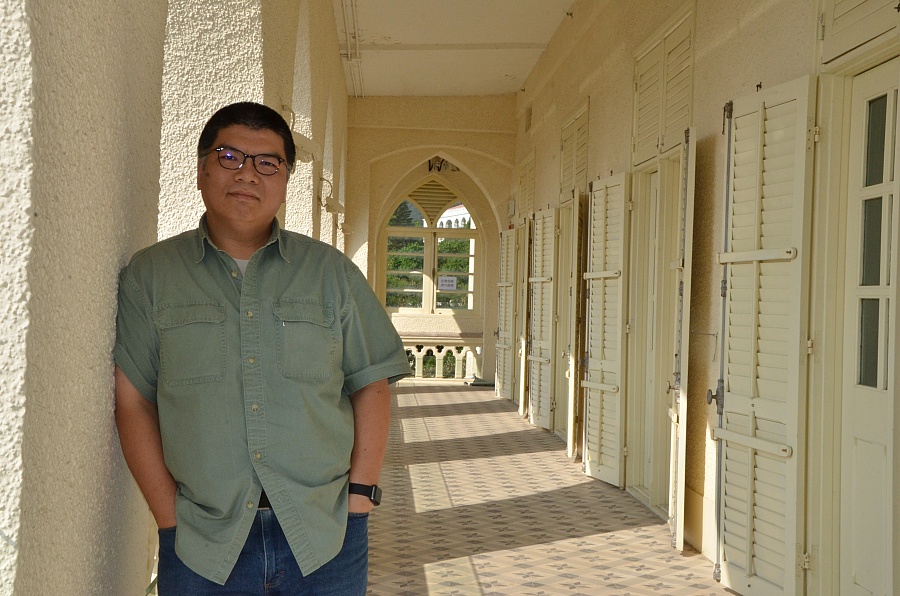As a senior film critic, FUNG Ka-ming has a deep connection to film and Wan Chai. In the 1980s, Ka-ming used to travel from Tsuen Wan to Wan Chai to watch alternative films. Convenient and attractive, Wan Chai is a microcosm of Hong Kong. After his marriage Ka-ming moved to Stone Nullah Lane, Wan Chai. Whenever there was a firework show, Ka-ming would walk his wife and daughter to the harbor to join the festivities. “Every street of Wan Chai, for instance Tai Yuen Street and Lee Tung Street, used to be unique. They differ greatly with the modern streets that ignore genuine urban planning,” explains Ka-ming. The film critic loves to walk from the business districts in Wan Chai north to the old districts in Wan Chai south. Walking further south takes one to the hilly terrains of Bowen Road.
There is a reason for Ka-ming's affinity with film and Wan Chai. As busy districts, Wan Chai and Causeway Bay had its fair share of theaters. As early as 1910, the current Hopewell Centre is the site for the Hong Kong Grand Theatre. Tai Yau Building on Fleming Road was home to the Oriental Theatre. Similarly, Rialto Building on Landale Street was China Theatre in the pre-War years. It became Rialto Theatre, which screened Shaw Brothers films, in the 1950s.
In the 1950s, going to the theaters for a film was a common form of entertainment. Theaters with over 1,000 seats were very common. Their oil painting posters spanned across the busy streets. Inside the cinema, the audience laughed and cried along the plot. Moreover, seats were divided into the lower stall seats and the upper stall seats. This form of cinematic entertainment has become unimaginable to the city's younger generation.
As the city developed, large theaters were replaced by smaller-scale cinemas. For instance, Imperial Cinema and Cathay Theatre were demolished and redeveloped. Imperial Cinema and Cathay ABC remained in a smaller scale, with residential flats on top. This marked the end of the golden age of large theaters. The audience soon migrated to cinemas in shopping complexes, and both Imperial and Cathay have since gone out of business. By the 1990s, theaters and their large posters could no longer be found in Wan Chai. Thus the glory and decay of an era was soon forgotten.
Drawing an invisible line along Gloucester Road, Wan Chai South belongs to the old district, while Wan Chai North is the new business are. In the 1980s, Harbour Road was home to the Hong Kong Arts Centre, Columbia Classics Cinema and Cine-Art House. The wealth of arthouse cinema attracted a large group of film buffs. It also attracted Ka-ming, who was still a high school student back then.
From cinema audience to teacher at the Hong Kong Academy for Performance Arts, Ka-ming has spent half his life shuttling back and forth Wanchai. Public space is a rarity in Wan Chai. Ka-ming sees public space as a place for people to relax and stroll around. The Occupy Movement in 2014 inspired Ka-ming to rethink Hongkongers imagination of space. For instance, could Queen's Road accommodate a weekly film show or art fair, so that everyone could share the streets? These are interesting topics that still inspire Ka-ming.



